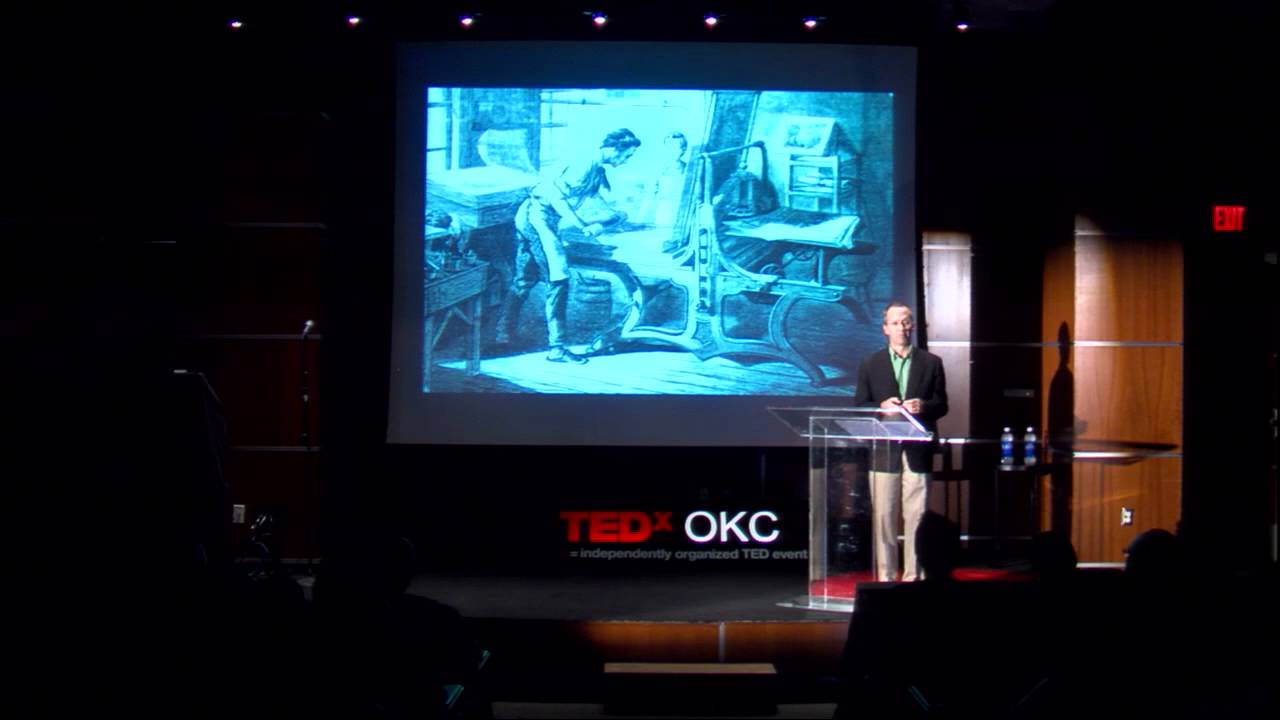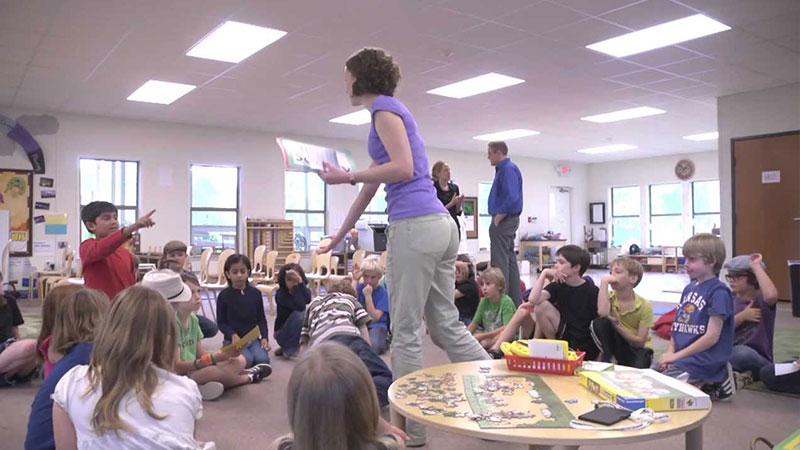
This week, our Discovery heroes continued their marine science journey with an exciting new focus: the Coral Reef Challenge! As part of our Marine Science Quest, the heroes dove into exploring the intricate world of coral reefs, a crucial marine ecosystem teeming with life and color.
To kick off the challenge, the heroes tackled some big questions: “What is coral?” and “Where are coral reefs located?” Through research, they discovered that coral is not just one entity but a complex, living structure composed of tiny organisms called polyps. These polyps work together to create vibrant coral reefs that serve as underwater cities, providing shelter and resources to countless marine species. Many were surprised to learn that coral reefs are also highly sensitive ecosystems, facing threats from climate change, pollution, and overfishing.
Armed with knowledge about coral biology and the importance of reef ecosystems, heroes carefully designed their coral reef models in teams. They considered elements like coral shapes, colors, and sizes, replicating species they’d learned about – from brain coral to spike coral – and even populating their reefs with fish, anemones, and other marine life that rely on coral for shelter and sustenance. Using cardboards, floral mesh, pool noodles, paint, and creativity, they brought these underwater habitats to life, constructing vibrant reefs that reflected their growing appreciation for ocean ecosystems. Working together, they shared insights, traded ideas, and helped each other embody the spirit of teamwork.
In this week’s Communication Challenge, our Discovery heroes embraced the art of creative writing through tailored prompts that sparked their imaginations. Each hero received writing prompts suited to their age and experience, inspiring them to express their unique perspectives and ideas. Some heroes took the opportunity to dive deeper into poetic forms by continuing their haikus and odes, carefully crafting each line to convey emotion and vivid imagery. For the haikus, heroes focused on the beauty of nature and simplicity, following the traditional 5-7-5 syllable structure to express their ideas concisely. In their odes, they brought depth and admiration to topics they hold dear, from everyday objects to favorite people or experiences. Heroes shared their work with one another, offering each other help and encouragement, helping them see the power of their words to evoke emotions and imagery.
Meanwhile heroes explored a case of Guy Fawkes in our civilization this week: the Gunpowder Plot. They delved into the historical case of Guy Fawkes, examining how his plan to blow up the British Parliament in 1605 has echoed through history. Through storytelling and Socratic discussion, they investigated why Fawkes and his co-conspirators felt driven to such extremes and what this plot symbolized for the power struggles and religious tensions of the time.






